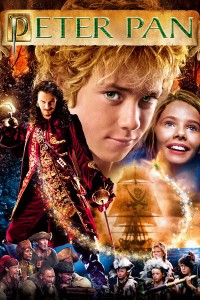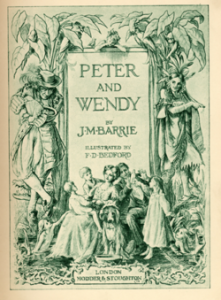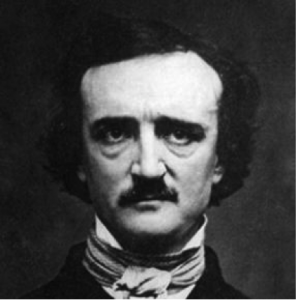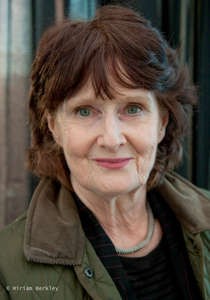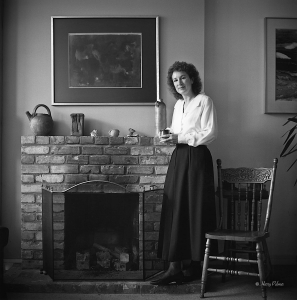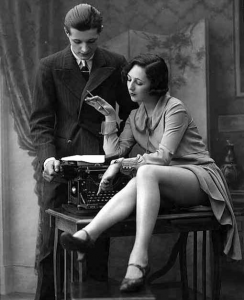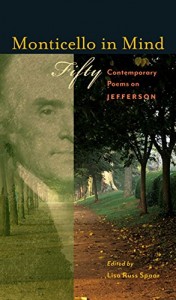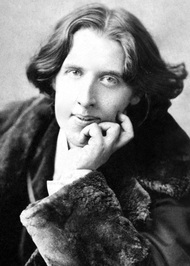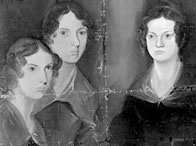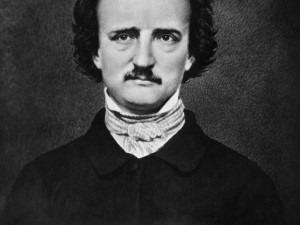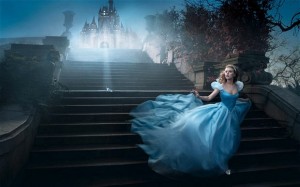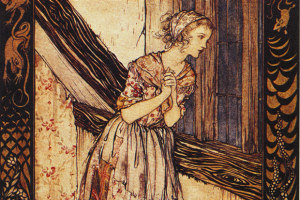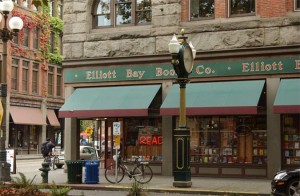by Mansie Hough
Spring Break is rapidly approaching at W&L, which means that booklovers are hunting for the perfect, easygoing vacation novel. One of the most classic ways to relax in that precious week off for so many is to slide into a bathing suit, blend a margarita, and head to the beach or the pool with a book in hand. Blogs and publications try to capitalize on this phenomenon every spring season with a new list of the top 10 “beach reads” from that year. But what exactly constitutes a beach read? It’s one of those amorphous subgenres, like slipstream or absurdism, which you can’t exactly define, but you know them when you see them. Most of the world seems to agree that a beach read is a trashy, throwaway novel that you can easily digest in a few poolside sittings, and has little to no intellectual or artistic value. Like a trip to the beach, these books are supposed to be as entertaining and non-taxing for the reader as possible.
But do summer reads have to be easy? Is there such thing as a “literary beach read,” or does the presence of any literary merit automatically disqualify a book from being considered a beach read? Many of Jane Austen’s works were, during her lifetime, considered tacky romance novels meant for rich housewives to read on the couch. And, as we all know, they are now considered literary classics, and are being taught in the majority of higher educational institutions. So what exactly is a beach read? What are its criteria, and is there a perfectly executed, exemplary beach read out there? Of course, much of this is all relative to your perspective on what “easy” means, and what you are looking to get out of your “relaxing” reading experience. There might be someone out there who takes Finnegans Wake or Infinite Jest to a carefree weekend getaway in The Keys, for all I know. Google “smart beach reads,” and you’ll come up with hundreds of lists basically titled “Summer Beach Reads! But DON’T WORRY, they’re highbrow and not embarrassing.” To get a better idea, let’s take a look at what types of books have been classified as beach reads throughout the past.
-

Nicholas Sparks Romance, preferably something involving travel or set in an airy seaside town like Cinque Terra. Based on no research, I would probably say this is the most popular type of “beach read,” and where the category cross references with “chick lit.” Popular novels here span across many centuries, and include the aforementioned Jane Austen crew, Wuthering Heights, Gone with the Wind, Jane Eyre, The Time Traveler’s Wife, Delirium, Something Borrowed, and anything by Nicholas Sparks, John Green or Sarah Dessen.
- Mysteries and suspense, another popular tote cohabitant with towels and sunglasses. These mysteries usually feature a female protagonist in her 20s or 30s with a dark or depressing past. Other popular elements include visiting the POV of the killer and a sexy detective love interest. A long list of contenders includes Gone Girl, Donna Tartt’s The Secret History, Stephen King’s Mr. Mercedes, Agatha Christie’s And Then There Were None, Jennifer DuBois’ Cartwheel, Tana French’s In the Woods, and Tom Savage’s A Penny for the Hangman. One could also look into genre celebrities like Dan Brown and James Patterson.
- Stories that warn against upper class frivolity and failure. Nothing like sipping on a daiquiri by the pool and watching drama unfold in the Upper East Side, or listening to the Lost Generation lament the deterioration of the American Dream. Novels here include Anna Karenina, This Side of Paradise, Gossip Girl, Kimberly McCreight’s Reconstructing Amelia, Edith Wharton’s The House of Mirth, and, of course, The Great Gatsby.
- This is, personally, my favorite kind of book to unwind with on vacation: collections of whimsical short stories and memoirs. In her second memoir, Why Not Me?, Mindy Kaling jokes with the reader that he or she found the book in the “Stress-Free Summer Beach Reads” section of the store. Of course, there are certainly short stories and memoirs that don’t fit into the beach read category; a lavish Spring Break vacation probably isn’t the most fitting place to read Elie Wiesel’s Night. But you can gleefully dip in and out of David Sedaris’ Let’s Explore Diabetes with Owls, BJ Novak’s One More Thing, Aimee Bender’s Willful Creatures, Jennifer Egan’s A Visit from the Goon Squad, and celebrity memoirs such as Tina Fey’s Bossy Pants and Stephen Colbert’s satirical I Am America and So Can You! This Spring Break and summer, I’m hoping to delve deeper into works by Nick Hornby, Dave Eggers, and Kelly Link.
This is where my confusion about what constitutes a beach read begins. I know people who would consider Egan’s work literary—Goon Squad did win a Pulitzer, after all—and yet she is included in some recommended summer reading lists I’ve seen. I’m not saying this means it should be taught in college literature classes, but there is something to be said for a collection that you can enjoy for entertainment value in a more relaxed setting, and then sink your teeth into upon a more devoted rereading. I’d like to see, for example, where a Joyce Carol Oates or Raymond Carver might fall on this spectrum, as I think their stories are entertaining both superficially and on a deeper level. The economical quality of writing that short stories and memoirs require allows for this cross section of literary and popular fiction. So, to answer my own question, I say yes, there is such a thing as a “literary beach read.” Now, I say this hesitantly and at the mercy of those who are more well read and educated on literary fiction than I am, and I can see reasons why someone might disagree with me.
What do you think? Whether you think I’m crazy or you agree, I hope you can find the perfect story to dive into (or bask in) this coming Spring Break.


